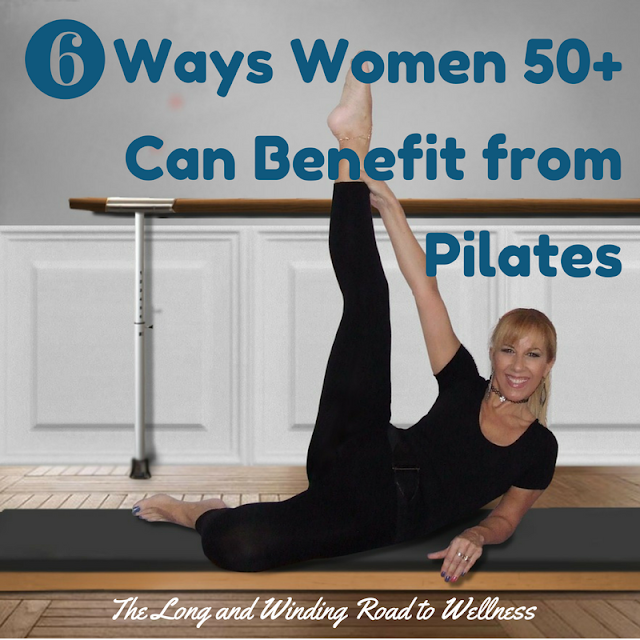It can be a real challenge for you to eat healthy and nutritious meals when you’re busy. There is of course the time issue – just not enough time in the day for shopping, preparation, and cooking. This means that you’re often eating ready-made meals, which are high in fat, salt and sugar content. Then there is the fact that very often, you’ll eat out more often, especially at fast food restaurants. This of course means eating foods high in fat and calories and lacking in the nutrients the body needs.
In these situations, it’s still possible for you to eat healthier. Eating healthy will actually make a person more productive at his work. So, healthy eating habits should be considered to part of a person's work schedule.
What are 5 ways that busy people can eat healthier?
Always have breakfast.
This is often the most skipped meal in the day, but it’s the most important meal. Skipping breakfast can lead to weight problems and diabetes.
What constitutes a great, healthy breakfast? Foods rich in fiber. Fiber rich foods make the feeling for being full last much longer, therefore reducing the tendency to snack. Some foods to eat include whole grain oatmeal, whole grain cereal, fruits, and vegetables.
Protein from eggs is also a great way to nourish the body in the morning.
Foods with high sugar content and low fiber (donuts and pastries) should be avoided.
What constitutes a great, healthy breakfast? Foods rich in fiber. Fiber rich foods make the feeling for being full last much longer, therefore reducing the tendency to snack. Some foods to eat include whole grain oatmeal, whole grain cereal, fruits, and vegetables.
Protein from eggs is also a great way to nourish the body in the morning.
Foods with high sugar content and low fiber (donuts and pastries) should be avoided.
Plan ahead.
As a busy person, you’ll be used to planning in advance to get things done. You would never think about going into an important meeting without planning. Eating healthy requires the same planning. When should this be done? Of course, everyone's schedule is different, but it should be possible to use some time in the week to plan for meals.
Weekends could be good days to use some time to prepare and plan meals. Remember to also plan your snacks, and make sure that you have healthy options. For this, plastic containers are a must.
If possible, try to shop for groceries online and have them delivered to your home or workplace. This saves a lot of time shopping. Of course, any shopping has to take into consideration healthy foods. Choose whole grains, fresh produce, and lean fresh meats.
Even the busiest people can take advantage of the many markets that sell prepared baked chicken, to save cooking time and have a source of healthy protein on hand.
Weekends could be good days to use some time to prepare and plan meals. Remember to also plan your snacks, and make sure that you have healthy options. For this, plastic containers are a must.
If possible, try to shop for groceries online and have them delivered to your home or workplace. This saves a lot of time shopping. Of course, any shopping has to take into consideration healthy foods. Choose whole grains, fresh produce, and lean fresh meats.
Even the busiest people can take advantage of the many markets that sell prepared baked chicken, to save cooking time and have a source of healthy protein on hand.
Keep hydrated.
A healthy body requires fluid. Make sure that you have plenty of water with you. Drink water frequently during the day. Don't overdo the coffee intake. Avoid sugary drinks like soda and remember that fruit juices are often high in sugars and low in fiber.
Eat healthily at restaurants.
When at restaurants choose the healthy options. Many menus now have the calorie total for each meal and this can be a good guide. If there are no calorie guides then stick to this rule of thumb: meats should be grilled, potatoes boiled or mashed and vegetables steamed. Soups are good for entrees and for deserts choose fruits.
Be careful with alcohol.
Many use alcohol to wind down after work and it is tempting to join with work colleagues after work. While an occasional glass of wine won't do any harm (and some studies even show that there are health benefits), you need to remember that alcohol is just empty calories. The over consumption of alcohol can also have a negative impact on health in general.
Even though you have a very hectic schedule, it doesn't mean that your health must suffer. The 5 tips for a healthier lifestyle here are very easy to implement. It just takes a bit of forethought and planning. Taking care of your health will result in a more productive day's work and a longer life!
Even though you have a very hectic schedule, it doesn't mean that your health must suffer. The 5 tips for a healthier lifestyle here are very easy to implement. It just takes a bit of forethought and planning. Taking care of your health will result in a more productive day's work and a longer life!












